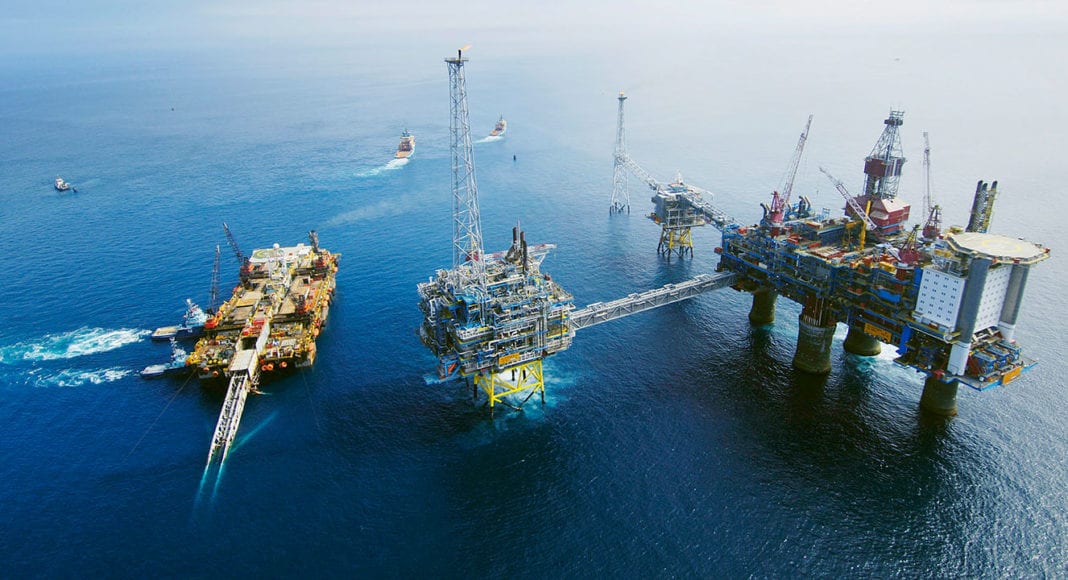(S&P Global Platts) Global oil demand is expected to recover to pre-pandemic levels of around 100 million b/d by the end of the year driven by a strong rebound for gasoline, diesel and fuel oil, several analysts said Feb 23.
But jet/kerosene, which used to account for around 8% of total global demand, is likely to remain very sluggish, and the aviation fuel will reach pre-crisis levels only in 2022 or even 2023, they added.
Speaking at a webinar hosted by Bloomberg, Giovanni Serio, Vitol’s Global Head of Research said oil demand could reach the magic number of 100 million b/d by the year-end though this will depend heavily on the vaccination rollout which is expected to gather pace this summer.
Serio said the guidance behind this was supported by resilient manufacturing activity which will continue to rebound.
“We believe gasoline, gasoil and other fuels will reach strong levels by the end of the year,” he said. But the outlook for jet fuel remained very bleak, according to Serio, with demand unlikely to reach pre-COVID levels until sometime in 2022.
Similarly, Natasha Kaneva, Head of the Global Commodities Strategy team at JP Morgan, said oil demand would reach 2019 levels by December 2021 but did not expect jet demand to fully recover until May 2022.
Roger Brown, the CEO of European refiner Varo Energy, said he did not see jet fuel recovering until at least 2023 or even 2024 but he was hopeful of a strong rebound for gasoline and diesel.
“This is not just a matter of consumer behavior but the pace of vaccinations which are different everywhere so it [jet] will be the last product to recover,” he added.
Oil demand slumped almost 9% last year averaging 93.10 million b/d, compared with 102 million b/d in 2019, according to S&P Global Platts Analytics.
Platts Analytics expects oil demand to reach 102.6 million b/d by the fourth quarter of this year, the highest since Q4 2019 when it averaged 103.9 million b/d.
Reservations on oil supercycle
JP Morgan’s Kaneva said the investment bank was not expecting oil to be part of a commodity supercycle due to question marks over global economic growth next year.
“By mid-2022 economic growth will slow down,” she said. “We believe China oil demand might peak 2022 or 2023.”
Kaneva expected oil prices to reach around $70-$73/b by November this year but was unconvinced the strength would last beyond 2022.
The Dated Brent oil benchmark is currently just below the $65/b mark, near a 13-month high, while copper and iron prices have hit peaks this year not seen since early last decade.
Some oil market analysts expect oil to be swept up in a commodity supercycle like copper, but many remain unconvinced attributing the current increase in oil prices to a managed supply situation.
Vitol’s Serio said it was “too early to tell” if oil was in a supercycle but added that the recent rally was being driven by “declining inventories.”
“It is a possibility…this supercycle will be driven [by] the lack of investment rather than a demand push, but it is unlikely to be similar to the one we had in 2002/03,” said Serio.
A supercycle can be defined as a sustained period of massive demand for a wide array of commodities, leading to an extended surge in their prices.
Jeff Currie, head of commodity research at Goldman Sachs, who is one of the main proponents of the current supercycle, said this series is likely to resemble the 1970s spike rather than 2000s bull run.
“I want to be long oil and hang on for the ride,” Currie said in a recent interview with Platts. “There is a lot of upside here…Is it back to $150/b? I don’t know…as it is a macro repricing, we are talking about and everything needs to reprice.”
Serio said Vitol did not expect peak oil demand until the next decade despite the challenges posed by the coronavirus and energy transition. “There is a tug of war between the need to invest and the need for energy transition. We need to invest keep production from declining.”
He added: “The big question for the next six months is whether we will see a big stock draw in pricing centers or off pricing centers, which will provide an additional upside for prices.”
Serio said there was a big incentive to destock currently, but there were not enough incentives to boost investment, leading to the back end of the pricing curve starting to rise.
The strength on the oil market is being reflected in the Brent forward curve, which has moved to a steep backwardation, another sign of a healthier market.
The forward price of oil is below the prompt price in a backwardated market, inferring strong prompt demand and a tightly supplied market, discouraging storage.
This week, the two front-month Brent contracts have shown a backwardation of almost 80 cents/b, the strongest market structure since Jan. 31, according to Platts data. In 2020, the two front-month Brent contracts averaged a contango of 54 cents/b.



